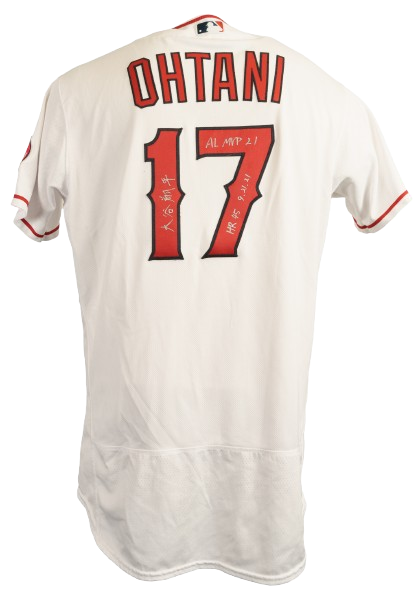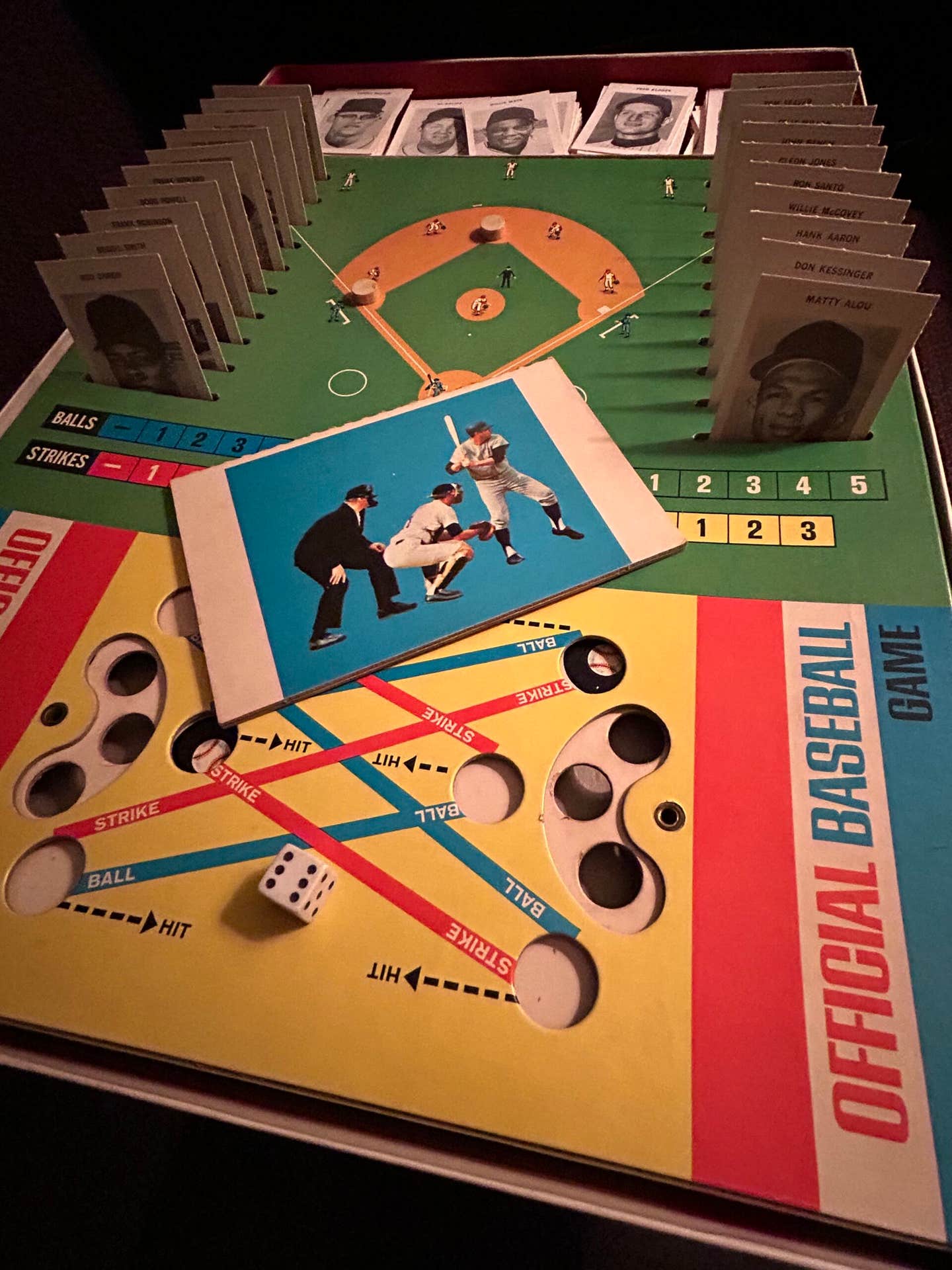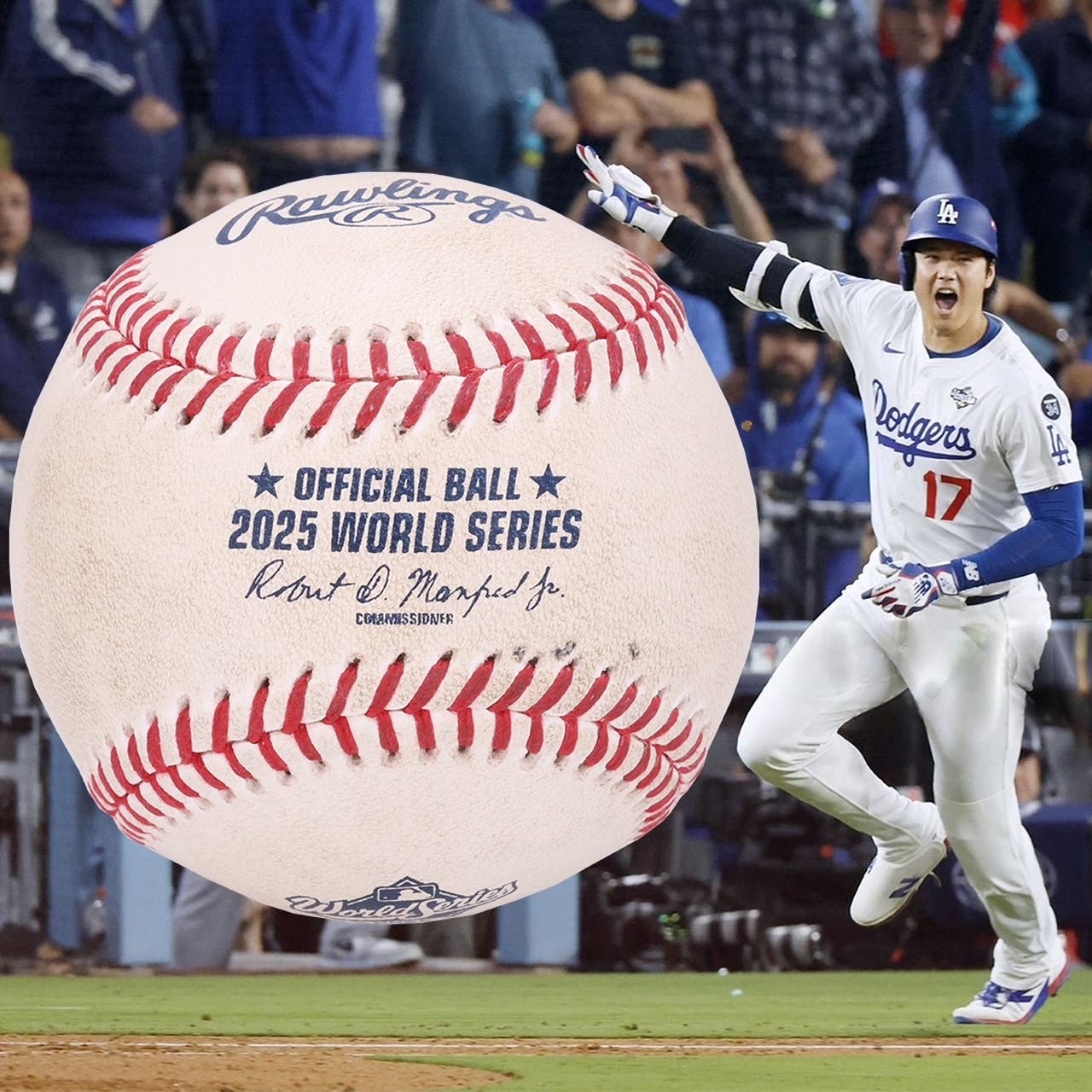Wayne Gretzky
Eric Lindros was hockey’s first “investible” player with collectors
By Sal Barry
Life came full circle for Eric Lindros when the Philadelphia Flyers retired 88 – his number for eight seasons in Philly – on Jan. 18.
After more than a decade of icy feelings between him and the Flyers, he received the highest honor a team could bestow upon one of its former players. Lindros joins Bobby Clarke, Bernie Parent, Barry Ashbee, Bill Barber and Mark Howe as the only Flyers to have their numbers retired in the team’s 50-year history.
“This evening has given me a chance to reflect and remember special moments, special people, and of course you, the amazing fans that support the Flyers of Philadelphia,” Lindros said to the sold-out crowd at the Wells Fargo Center, moments before his number was raised to the rafters.
Lindros was an offensively gifted physical player who was just as likely to bring fans to their feet by scoring as goal as he was by delivering a bone-crunching hit. Nicknamed “The Big E” for his 6’4”, 230 lb. frame, Lindros was the Flyers’ team captain for six seasons and was the most dominant forward in the NHL in the mid-to-late 1990s. He was also hockey’s first “investible” player; that is, the player that collectors and speculators would want cards of because of potential future value – much like Shaquille O’Neal was to basketball card collecting around the same time.
“Lindros would definitely be the guy who drove speculating back then,” said Chris Mizzoni of Vancouver, B.C., who did some speculating and sold at card shows in the early 1990s.
And while all of Lindros’ earliest cards – like practically all sports cards from that era – did not retain their value, they were nonetheless a driving force in the expansion of the hockey card industry.
Prior to playing in the NHL, Lindros was the top-rated prospect in the world, slated to be selected first overall in the 1991 NHL Entry Draft. His meteoric rise through the junior ranks also coincided with the explosion in popularity of hockey cards – an industry that grew to a $16 million-per-year business by 1992, in a big part because of the inclusion of Lindros in hockey card sets in 1990 and 1991.
After Wayne Gretzky was traded to the Los Angeles Kings in 1988, interest in hockey grew in the United States, as did the demand for hockey collectibles. Gretzky’s Topps rookie card, from the 1979-80 season, shot up from $25 in the late 1980s to $300 by 1990. Everyone was looking for the next big player whose rookie card could potentially match that. Lindros was it. His first-ever card was issued by the Oshawa Generals, his junior team, in 1989-90, and was eagerly sought out by collectors, thinking it would be the next Gretzky rookie.
“That was the rarest one,” said Mizzoni about the card. “I had a few of them. They were selling for around $40, $50, $60. They were hard to get.”
Soon after, trading card company Score received the rights to make NHL trading cards.
The company signed Lindros to an endorsement deal to generate buzz for its inaugural, 1990-91 hockey set. This was a year before he was eligible for the NHL draft. Score included a card of Lindros, pictured with Oshawa, and boasting “Future Superstar” at the top. This was considered Lindros’ official rookie card.
“My college roommate and I were buying boxes of Score, looking for Lindros’ card,” Mizzoni said. “I wasn’t selling them much back then. I was trying to hold onto them.”
“His Score ‘Future Superstars’ was a really coveted card,” adds Carl Ingram, a lifelong Flyers fan.
Lindros’ Score card climbed to $15 on the secondary market during the 1990-91 season, making Score hockey cards a hot seller. The deal that Score had with Lindros precluded him from appearing in other NHL trading card sets until he played in an NHL game; Score’s exclusivity would expire at that time.
But that didn’t stop Upper Deck, who included a card of Lindros in its 1990-91 “High Number” update set, as a part of its “World Junior Champions” subset. It wasn’t flat-out a card of Lindros, as he was pictured with Team Canada co-captains Kris Draper and Steven Rice. Still, fans sought and hoarded the card – and not because it pictured Draper or Rice.
Score, meanwhile, put cards of Lindros in every hockey set it made, and even included him in its 1990 “Rookie and Traded” Baseball set; there, Lindros is shown in a Toronto Blue Jays uniform, taking batting practice.
“My worlds colliding, Lindros and the Jays,” said Mizzoni, who grew up in Toronto. “That was pretty neat.”
Lindros was picked first overall by the Quebec Nordiques in the 1991 NHL Entry Draft, but refused to play for Quebec. He decided to sit out a season, first playing for Canada in the Canada Cup tournament (now known as the World Cup of Hockey). He then represented Canada at the 1992 Winter Olympics.
Upper Deck again managed to sneak in a Lindros card, this time in its 1991-92 hockey set. It featured a card of Lindros as a part of its “Canada Cup” subset, which also included cards of future super stars Nicklas Lidstrom and Teemu Selanne before they made their NHL debuts. The Lindros card was allegedly short-printed, and shot up to $15 on the secondary market during the season.
In June of 1992, Lindros’ rights were traded in a blockbuster deal between the Nordiques and the Flyers. Lindros was eager to play for Philadelphia, and Flyers fans were stoked to get Lindros.
“It was so exciting that we got the next big thing,” Ingram said. “To get the number one prospect in the world at the time was awesome.”
Naturally, card companies wanted to include Lindros in its sets for the upcoming season. This was be difficult, as there were no photos yet of Lindros playing with the Flyers. So, Upper Deck digitally manipulated a photo, placing Lindros’ head on Rod Brind’Amour’s body for a card in its 1992-93 hockey set. (Today, the practice of “head swapping” is not allowed by the NHL or the NHL Players Association.)
Topps took a different route with its Bowman, Stadium Club and Topps Hockey sets, which all use a photo of Lindros wearing a Flyers jersey at a press conference. (Coincidentally, Topps did the same thing in its 1988-89 set and used a press conference photo of Wayne Gretzky when he was traded to the Kings in August of 1988.) Lindros is the very last card in the 1992-93 Topps, Bowman and Stadium Club sets. However, the checklist cards do not mention Lindros in any of those sets, meaning that his cards were printed and included late in the production process.
Lindros scored 290 goals and 369 assists for a total of 659 points in 486 games for the Flyers from the 1992-93 season to the 1999-2000 season. He also scored another 57 points (24 goals, 33 assists) in 50 playoff games.
“He not only scored goals, but he was just an absolute beast out there physically,” Ingram said. “He brought a bit of nastiness to him, just because of his sheer size. He would toss his weight around, so that was exciting to see.”
The relationship between Lindros and Flyers’ General Manager Bobby Clarke deteriorated, culminating in a well-publicized feud and causing Lindros to sit out a season before being traded to the New York Rangers in 2001. He also played with the Toronto Maple Leafs and Dallas Stars before retiring in 2007. Back then, a jersey retirement ceremony for Lindros by the Flyers seemed to be a long shot. But time heals all, as well as a little help from those who care.
“It’s no secret, when I left Philadelphia, it was under less-than-ideal circumstances,” Lindros said. “I believe I am here today, hockey aside, because of two people: my wife, Kina, and [Flyers’ team president] Paul Holmgren. Both, in their own ways, taught me to move on, putting in the past any differences of opinion and hurt feelings. It was time to remember the great moments I experienced here in Philadelphia, the friendships I had built in this great city, and the respect I have for the fans of this team.”
With his selection to the Hockey Hall of Fame in 2016, being named as one of the “100 Greatest NHL Players” in 2017, and his jersey retirement by the Flyers in 2018, Lindros has received every honor a retired player could hope for. Considering that and his on-ice accomplishments, Lindros clearly lived up to the “Future Superstar” status hyped by his rookie card nearly 30 years ago.
Sal Barry is a freelance contributor for Sports Collectors Digest. He can be reached at sjb@puckjunk.com or on Twitter @puckjunk.








